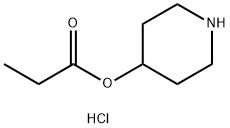Industrial uses
Polypropylene (PP) is made by polymerization of propylene using catalysts and similar to the low-pressure polymerization of ethylene. It is a linear polymer, more than 95% of which has a spatially ordered structure. The commercial polymer contains over 99% C3H6, with the remainder stabilizing additives. Molded pieces or molding pellets of unpigmented material may be identified by density (0.905) and by maximum crystalline melting point (168 to 170 C).
Produced from propylene gas, polypropylene resins are semitranslucent and milky white in color and have excellent colorability. Most polypropylene parts are produced by injection molding, blow molding, or extrusion of either unmodified or reinforced compounds. Other applicable processes are structural-foam molding and solid-phase and hot-flow stamping of glass-reinforced sheet stock (a product of Azdel).
Polypropylene plastics are an important group of synthetic plastics employed for molding resins, film, and texture fibers.
Polypropylene is a low-density resin that offers a good balance of thermal, chemical, and electrical properties, along with moderate strength and moderate cost. Strength properties are increased significantly with glass-fiber reinforcement. Increased toughness is provided in special, high-molecular-weight, rubber-modified grades.
The many different grades of polypropylenes fall into three basic groups: homopolymers, copolymers, and reinforced and polymer blends.

